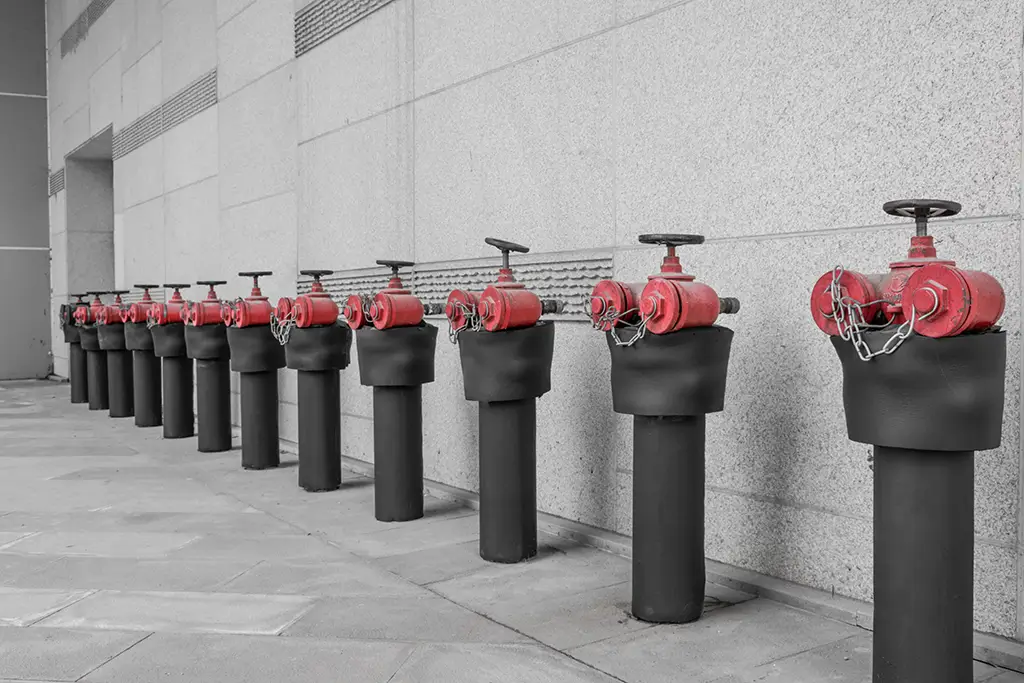- Inspire
- Innovate
- Integrate
- Home
- Who we are
- Services
Plant Engineering Services & Solutions
Plant 3d Modeling & Design ServicesMechanical Design ConsultancyStructural Design Engineering ConsultancyProcess Design & Engineering Services
- Portfolio
- Training
Green Building Credential Courses
Classroom Courses NewLEED Green AssociateLEED AP BD+C Certification Training in Saudi ArabiaOnline Courses NewLEED Green Associate Exam Preparation CourseLEED AP BD+C Exam Preparation CourseIGBC AP Made Easy – Online Exam Preparation CourseCourse Materials NewLEED V4 AP BD C Made EasyLEED Green Associate Made Easy V4Energy Modeling & Simulation CourseLEED and IGBC Exam Preparation – Q&A forum NewEngineering Courses
- MEP Engineering Training Course Qatar New
- Fire Fighting New
- Plumbing Training Course with Certification New
- Heating Ventilation & Air-conditioning New
- 3D laser Scanning Training Course Qatar New
- Electrical Design Course
- Piping Design course – Piping Simulation Analysis Training
- Energy Modeling & Simulation Course
- Blog
- Careers
- Contact Us
- Location
- Home
- Pipe Stress Analysis for Fire Fighting System – Diriyah Gate
Pipe Stress Analysis for Fire Fighting System – Diriyah Gate
Project Title
Diriyah Gate– Fire Fighting Piping System
Client
Diriyah Gate
Analysis by
Conserve Solutions
Scope
Comprehensive pipe stress analysis of the fire fighting piping network in the prestigious Diriyah Gate development, using CAESAR II software, to ensure structural stability, safety compliance, and optimal support design under static operating conditions.

Project Overview
The Diriyah Gate Phase 1 project includes a vast underground firefighting piping system serving road tunnels and connected facilities. Given the high safety standards and operating demands, a detailed pipe stress analysis was required to evaluate system performance under sustained, hydrostatic, and thermal load conditions.
Objective
- Validate compliance with ASME B31.1 Power Piping Code for stress, displacement, and load conditions.
- Ensure the design accounts for thermal expansion, system flexibility, and allowable stress ratios.
- Provide structural loads at support points and expansion joints for safe operation and construction planning.
System Description
- Material: ASTM A53
- Grade B (SCH 40)
- Pipe Size: DN 350 (14″)
- Design Pressure: 10.3 bar
- Operating Temperature: 15°C
- Fluid: Water (Fire Fighting)
The firefighting system consists of both underground and tunnel-routed pipes, modeled comprehensively in CAESAR II.
Methodology
- Piping modeled using 2D layout and construction drawings.
- Static analysis conducted considering hydro test, operating, and sustained conditions.
- Stress checks performed for:
- Hydrostatic Load
- Sustained Load
- Thermal Expansion
- Flexible couplings and various support types (anchors, guides, hangers) were modeled to simulate real-world constraints and movement.
Key Load Cases
| Load Case | Description | Purpose |
| L1 | WW + HP (Hydro Test) | Evaluate stress and load under hydrostatic conditions |
| L2 | W + T1 + P1 (Operating) | Simulate real-time operating condition |
| L3 | W + P1 (Sustained) | Analyze long-term load effects |
| L5 | L2 – L3 (Expansion) | Determine thermal expansion impact |
Results Summary
Sustained and Expansion Stresses:
All stress values were well within ASME B31.1 allowable limits.
Code Stress Ratios:
- Hydro Load Case: 33%
- Sustained Case: 52.6%
- Expansion Case: 2.4%
Displacements:
Verified for elbows, tees, supports, and joints. All within acceptable limits.
Support Loads:
Provided to assist FEMCO in designing and placing anchors, guides, and hangers.
Recommendations
- Flexible couplings must accommodate 10 mm linear thermal expansion, particularly where the tunnel and pipe experience differential movement.
- Support types were adjusted in critical zones to reduce excessive load transfer.
- Support locations and configurations must follow the stress-verified layout to ensure safe long-term performance.

Conclusion
The fire fighting piping system in Diriyah Gate Phase 1 passed all stress and displacement checks under the analyzed load conditions. With all code requirements met, the system is confirmed to be safe, structurally stable, and compliant for operation. Proper implementation of support types and couplings as recommended will ensure durability and ease of maintenance.
Quick Links
Copyrights © 2025. Conserve Solutions. All Rights Reserved.

